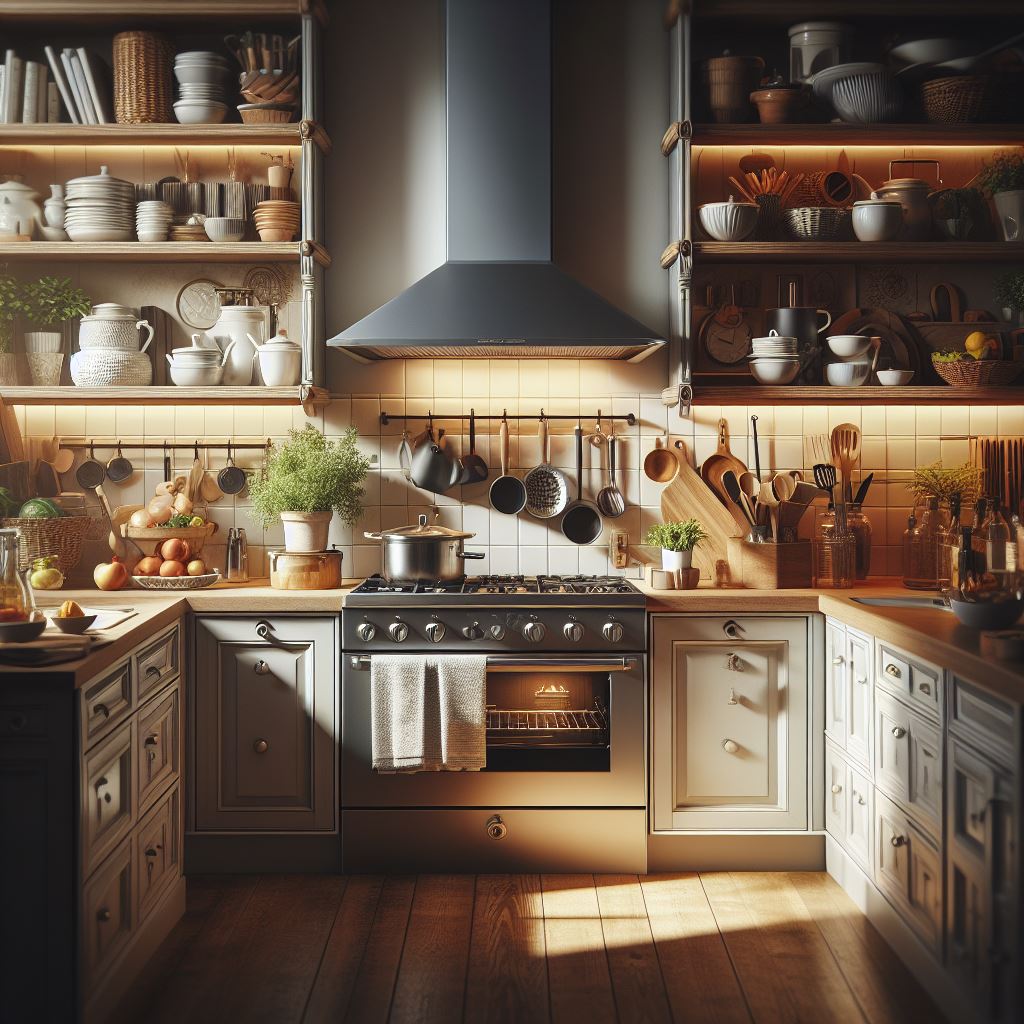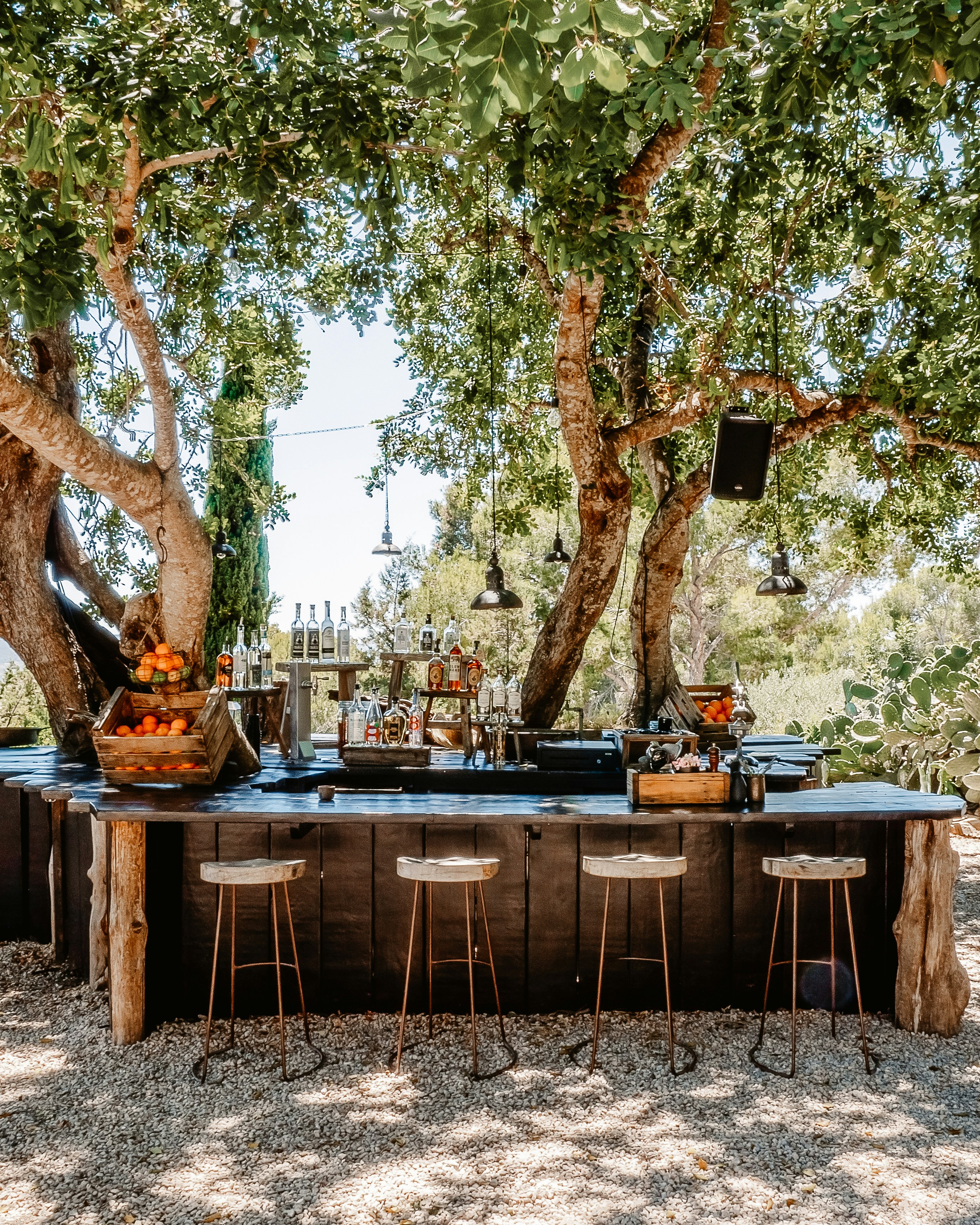Home Features
What is a Fixture in Real Estate and How is it Determined?
In real estate, a fixture refers to an item that was once personal property but has become permanently attached or affixed to a property, making it part of the real estate. The determination of whether an item is a fixture involves various factors. Let's explore the definition of fixtures and the criteria used to determine their status in real estate.
Understanding Fixtures:
1. Definition:
A fixture is an object that was initially movable (personal property) but has become affixed to real property in a way that it is considered part of the land. Fixtures are intended to enhance the functionality or aesthetics of the property.
2. Examples of Fixtures:
Built-in appliances (e.g., built-in oven)
Light fixtures
Window blinds
Ceiling fans
Shelving units attached to walls
Built-in cabinets
3. Attachment:
The key criterion for determining if an item is a fixture is its degree of attachment to the property. Items that are permanently affixed, bolted, screwed, or built into the structure are more likely to be considered fixtures.
4. Intention:
The intention of the parties involved can influence whether an item is a fixture. If there is a clear intention for an item to be a permanent part of the property, it is more likely to be classified as a fixture.
5. Adaptability:
If removing an item would cause damage to the property or reduce its value, the item is more likely to be deemed a fixture. The level of adaptation to the property is a significant factor.
6. Agreement:
Agreements between buyers and sellers can impact the determination of fixtures. Items listed in the purchase agreement as included or excluded can influence their status.
Determining Fixtures:
1. Physical Attachment:
Items physically attached to the property, such as built-in features or fixtures that require tools for removal, are typically considered fixtures.
2. Adaptation to the Property:
Items that are customized or specially adapted to the property and are not easily replaceable without causing damage may be deemed fixtures.
3. Intent of the Parties:
The intention of the parties involved is crucial. If it's clear that an item was intended to be a permanent part of the property, it is more likely to be classified as a fixture.
4. Agreements and Contracts:
Agreements between buyers and sellers, as well as contracts and listing agreements, can specify the status of certain items as fixtures or personal property.
5. Common Law Factors:
Common law factors, including the purpose of annexation, the adaptation of the item to the property, and the relationship between the parties, are considered in determining fixture status.
6. Trade Fixtures:
Trade fixtures, which are items used in the course of business and not intended to be permanent, may be an exception. These can be removed by the tenant or business owner when they vacate the property.
7. Removability without Damage:
Items that can be removed without causing damage to the property are less likely to be considered fixtures. However, this factor alone may not be conclusive.
Conclusion
Fixtures play a significant role in real estate transactions, influencing property value and buyer expectations. The determination of whether an item is a fixture involves assessing its degree of attachment, adaptability to the property, the intention of the parties, and other relevant factors. Whether you're a buyer, seller, or real estate professional, understanding the concept of fixtures is essential for smooth and transparent property transactions.




